If ants keep showing up where they’re not wanted, it might be time to let your plants do the talking. Instead of battling them with sprays and traps, some beautiful and aromatic plants have natural compounds that make ants turn the other way.
Many of these plants are already popular herbs, so they pull double duty, repelling pests while adding charm or flavor to your space. You’ll be surprised how simple it is to create an ant-free zone with just a few green additions.
These living solutions don’t just protect your space, they make it feel more alive. Let’s take a closer look at the garden’s best secret weapons.
#1 Rue
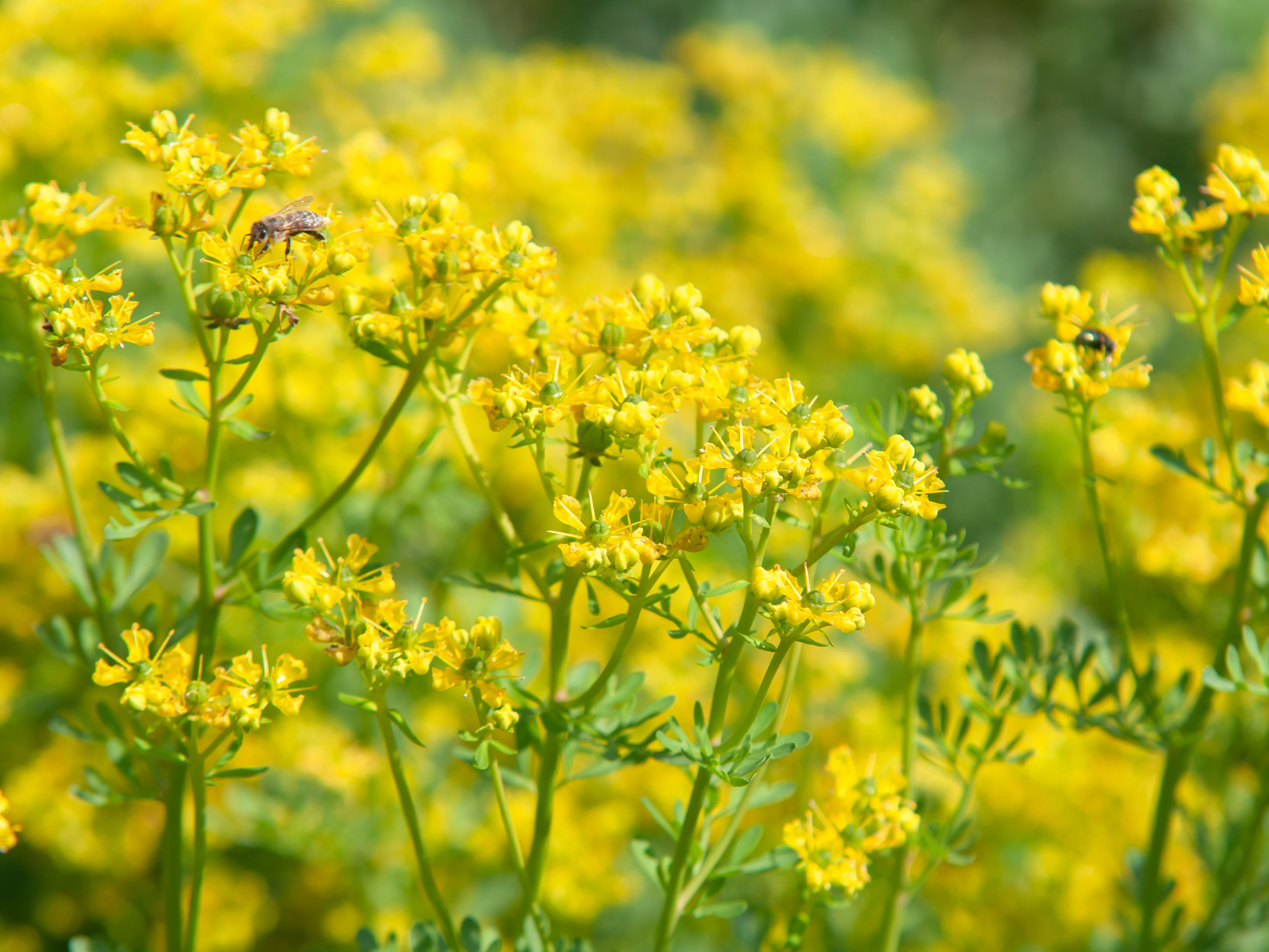 Source: Thespruce
Source: Thespruce
Rue’s slender stems and soft gray-green leaves hide a strong punch. Ants can’t stand its scent, making it a smart plant to keep near garden beds or doorways.
You might see the best results by placing trimmed sprigs along ant trails or around base plants. Rue also thrives with sun and dry soil, so it doesn’t demand much care.
A little goes a long way with this herb, though it’s best to wear gloves when handling it.
#2 Yarrow
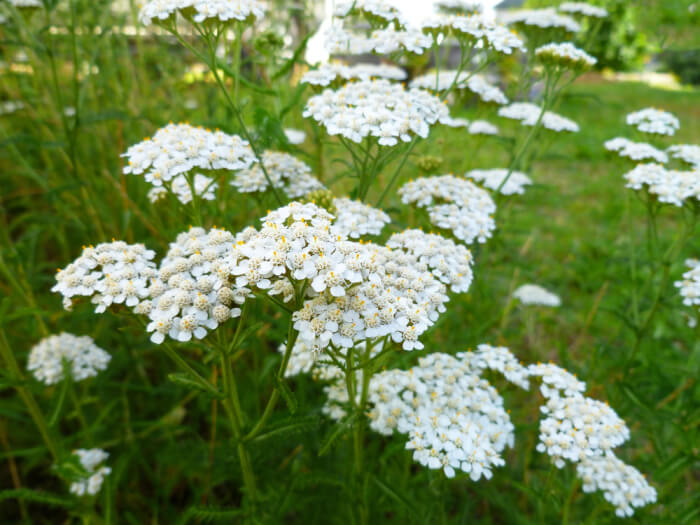 Source: Kegerator
Source: Kegerator
Yarrow brings clusters of cheerful blooms while quietly working as an insect repellent. Its strong aroma helps discourage ants and even a few other pests that visit your yard.
It prefers full sun and handles poor soil without fuss. Dry a few stems and lay them where ants gather for extra effect. With the added bonus of attracting butterflies, it’s a smart addition to borders or herb patches.
#3 Lavender
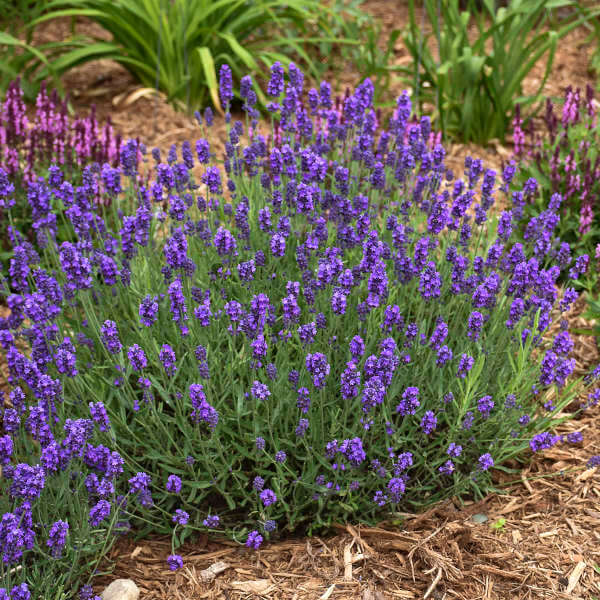 Source: Waltersgardens
Source: Waltersgardens
Lavender fills the air with a calming fragrance for humans but sends ants scurrying away. Its oils disrupt ant scent trails, making it harder for them to find food.
Choose a sunny, well-drained spot to plant it and trim it back after flowering to keep it lush. Place dried sprigs near entry points or scatter the petals where ants wander. It’s beauty and function wrapped into one hardy plant.
#4 Wormwood
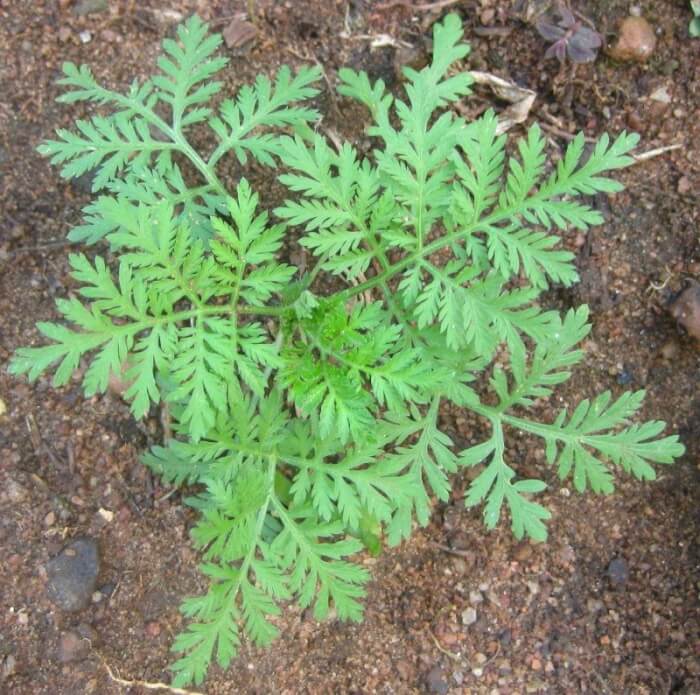 Source: Thetutuguru
Source: Thetutuguru
With its silvery leaves and bitter aroma, wormwood earns its reputation as an ant deterrent. The strong scent acts as a natural barrier, especially when planted near the edges of beds or walkways.
It grows best in full sun with well-draining soil. You might notice fewer ants hanging around other plants nearby. Be mindful, though this plant isn’t edible and shouldn’t be overused in tight spaces.
#5 Sage
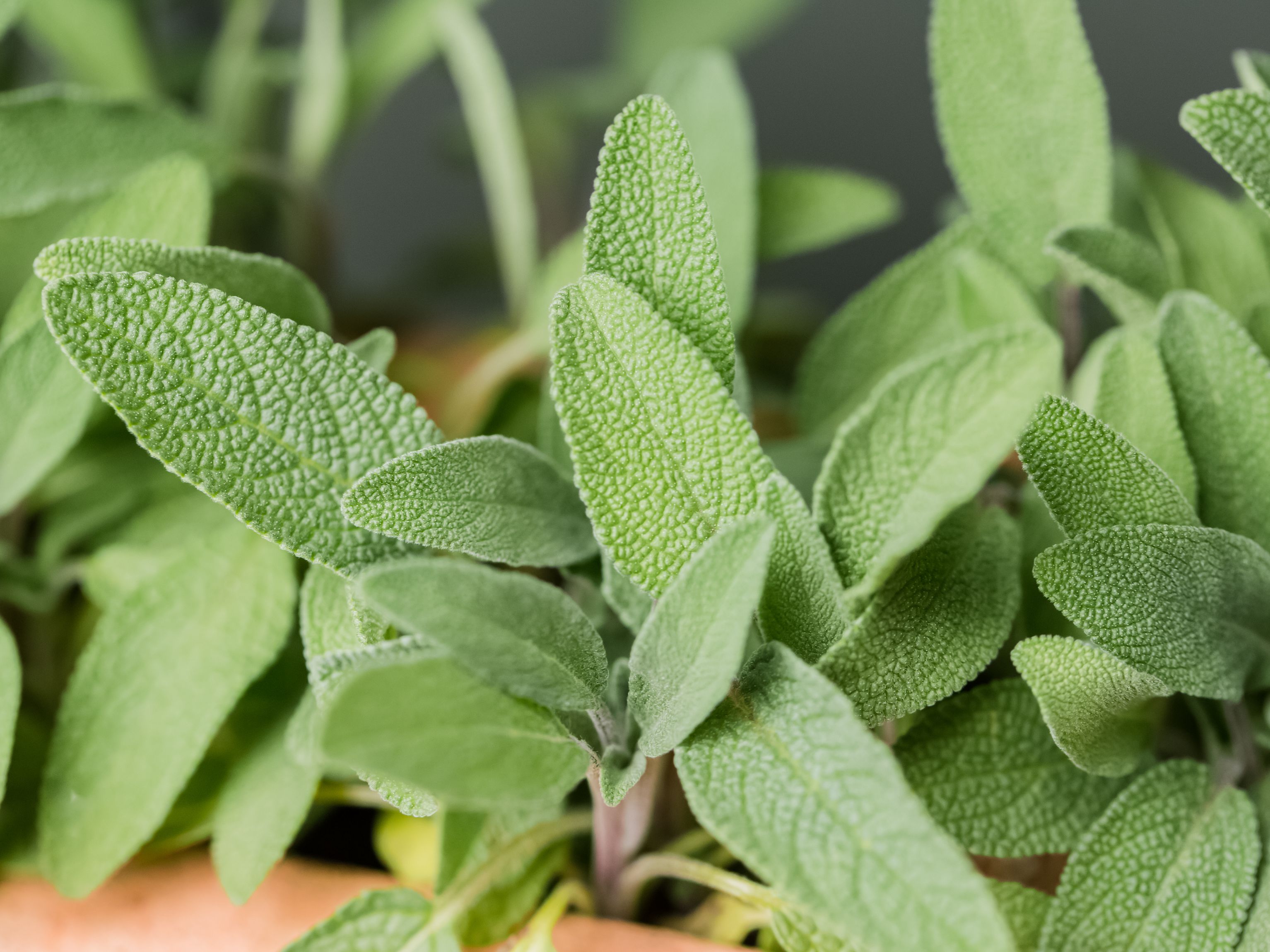 Source: Thespruce
Source: Thespruce
Sage’s earthy fragrance helps mask scents ants use to navigate. As a low-maintenance herb, it grows well in sunny spots and handles drought fairly well.
Crushed leaves sprinkled around garden borders can keep ants away without much effort. You’ll get flavorful foliage for cooking while creating a natural boundary for crawling pests. It’s a subtle but powerful ally in the garden.
#6 Thyme
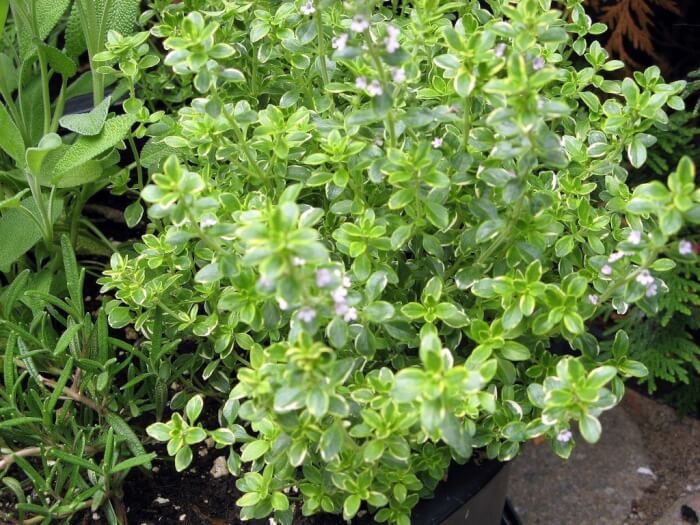 Source: Gardeningknowhow
Source: Gardeningknowhow
Thyme’s tiny leaves pack more than flavor; they have antifungal oils that help repel ants. This herb is compact and spreads nicely along walkways or raised beds.
You can crush the leaves and place them near problem areas, or let it grow naturally as ground cover. It enjoys full sun and needs only moderate water. It’s easy to tuck this one into almost any garden spot.
#7 Lemongrass
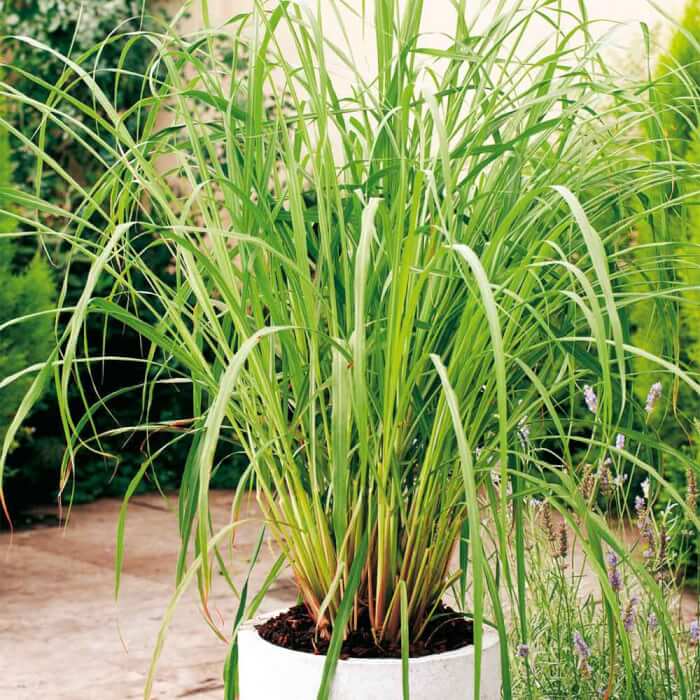 Source: Suttons
Source: Suttons
With its tall blades and bright citrus scent, lemongrass offers more than just a tropical look. Its high citronella content makes it unpleasant for ants and other pests.
You can bruise a few leaves and lay them where you notice heavy traffic. The plant enjoys warmth and moist, well-drained soil. It brings both fragrance and function to patios, vegetable beds, or containers.
#8 Tansy
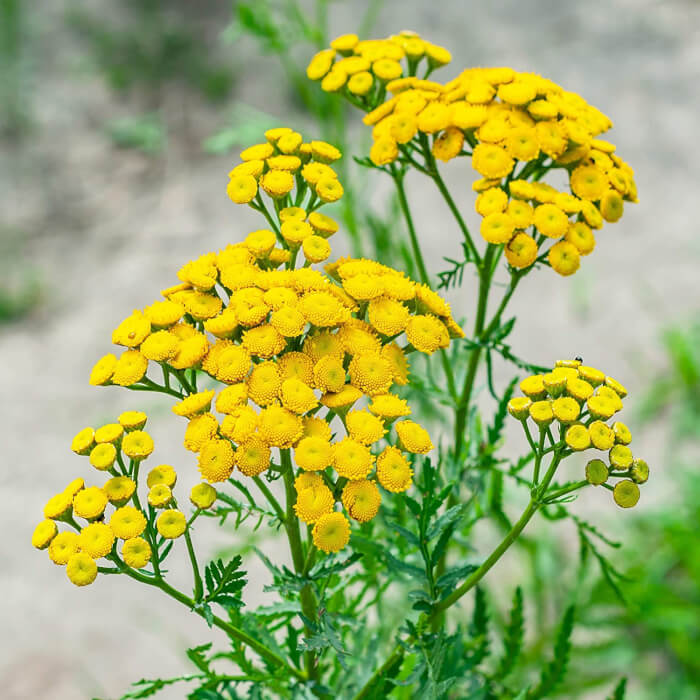 Source: Amazone
Source: Amazone
Tansy’s bright yellow blooms are cheerful to us but unwelcome to ants. Both the leaves and roots release compounds that disturb insects. Sprinkle small amounts around garden plants to create a gentle repellent zone.
Since it’s toxic in large quantities, be cautious with children or pets nearby. Its upright growth and fern-like leaves also make it stand out visually.
#9 Rosemary
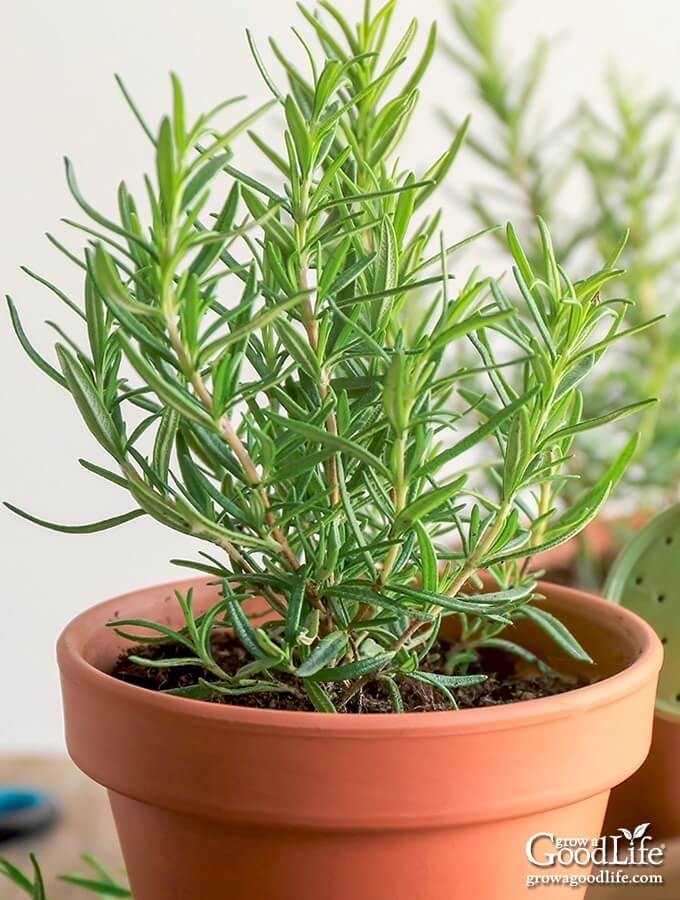 Source: Growagoodlife
Source: Growagoodlife
Rosemary fills the air with a sharp, resinous scent that throws ants off track. It thrives in hot, sunny spots and resists drought, making it ideal for borders or pots.
You can trim a few branches and place them near ant paths as a natural blocker. It’s also great in the kitchen and adds structure to your garden. Bees adore the flowers, but ants steer clear.
#10 Pennyroyal
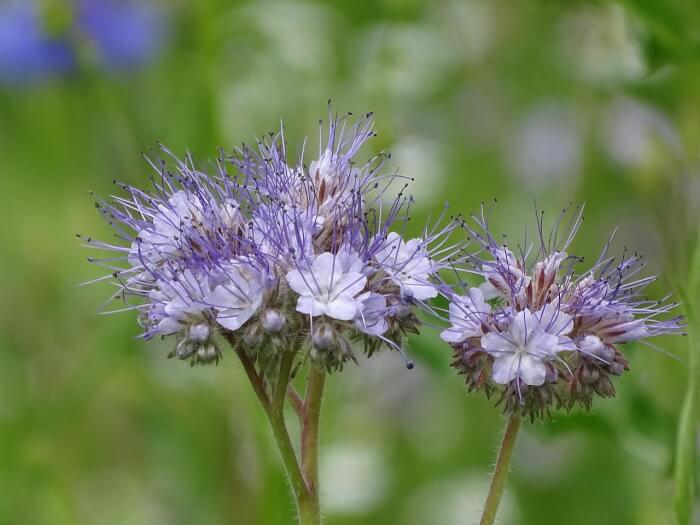 Source: Gardeningchannel
Source: Gardeningchannel
This small-leafed mint relative gives off a sweet, minty smell that pests can’t tolerate. It’s one of the more potent options, which means it repels ants well, but it also needs some caution.
This plant is toxic to pets and children, so choose its location with care. Pennyroyal works best when planted where foot traffic or curious hands won’t reach. Its low profile makes it easy to edge a path or border.
#11 Mint
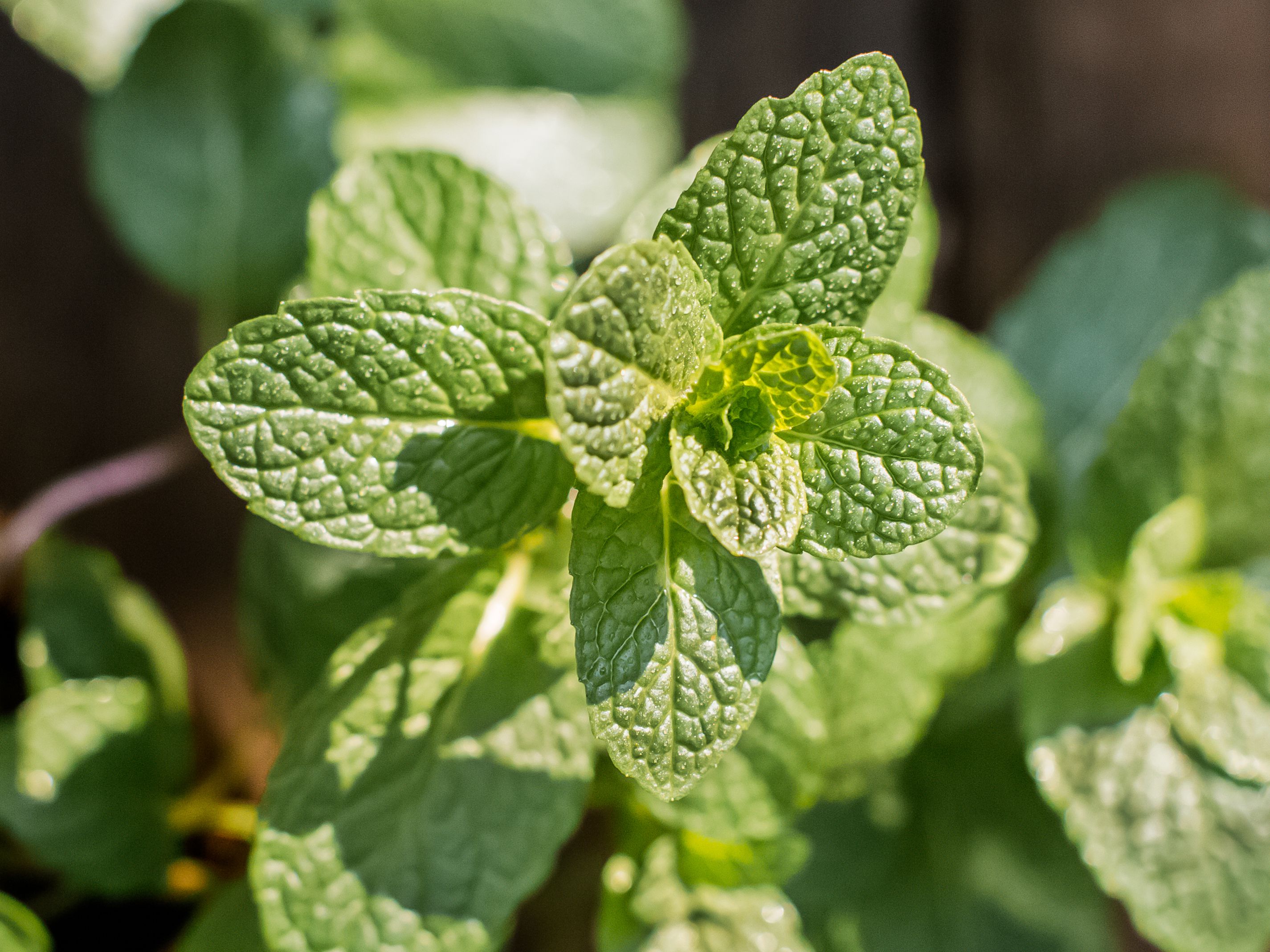 Source: Thespruce
Source: Thespruce
Mint’s refreshing scent masks the trails ants use to find food sources. It spreads fast in the garden, so many prefer to grow it in containers.
You can tear up a few leaves and lay them near windows or doorways to block pests. It grows best in partial sun with moist soil. This herb adds life to recipes and defense to your yard.
#12 Catnip
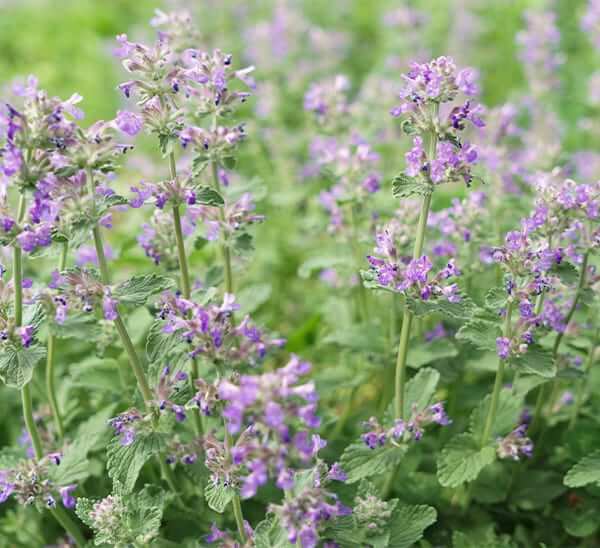 Source: Calloways
Source: Calloways
Catnip isn’t just for felines, it’s an excellent ant deterrent too. Its slightly spicy aroma comes from nepetalactone, which ants dislike.
It grows easily in full sun and can be trimmed often without harm. If your ants tend to gather near patios or steps, try planting catnip nearby. You might also find your neighborhood cats becoming frequent visitors.
#13 Garlic
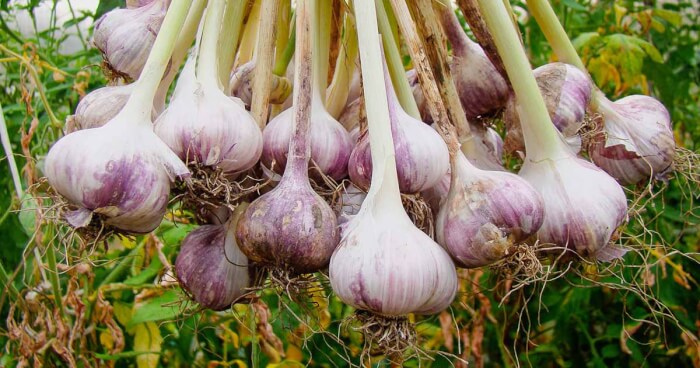 Source: Coastreporter
Source: Coastreporter
